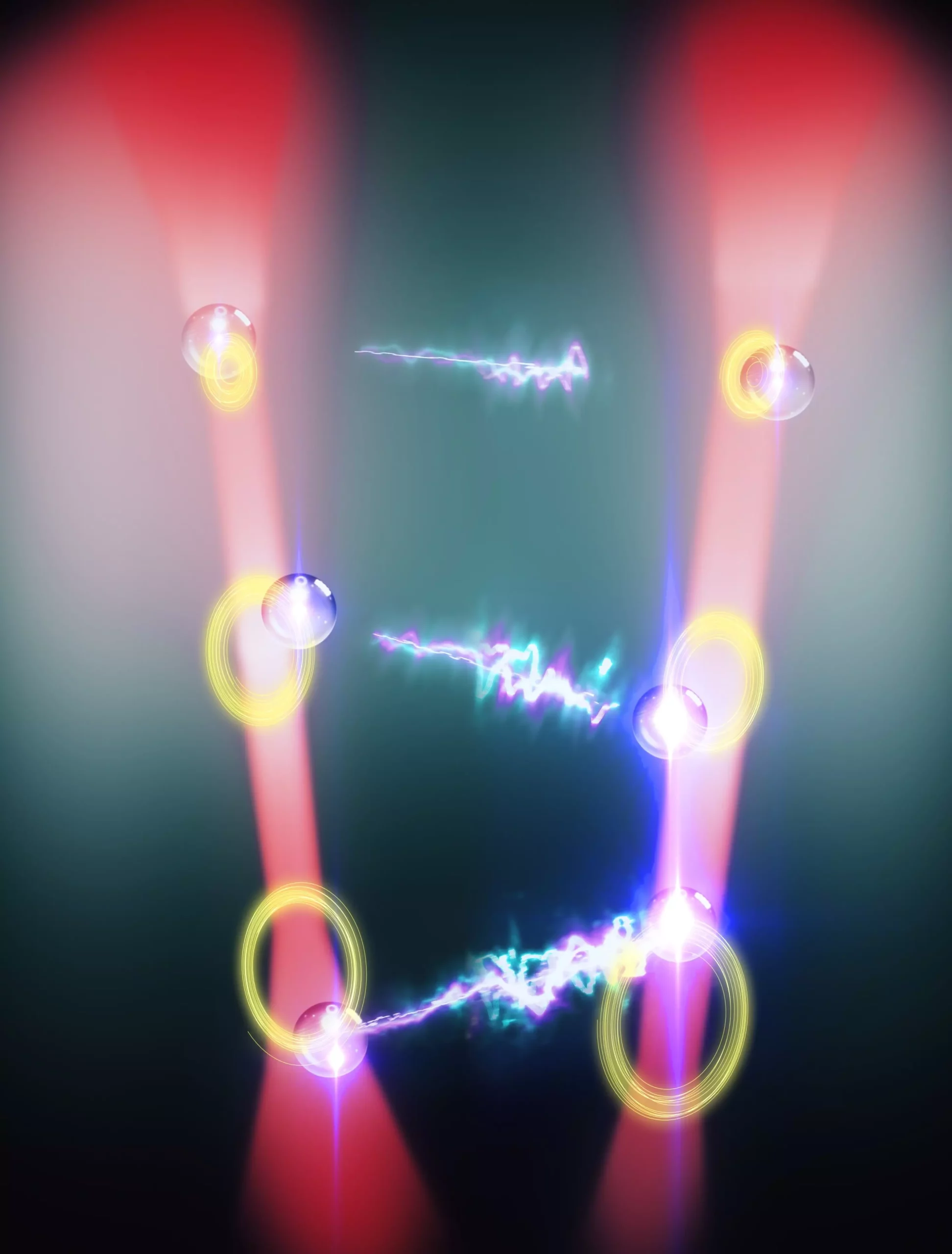Modern physics continuously challenges our understanding of the fundamental interactions that govern the world around us. Recent breakthroughs have unveiled a novel class of dynamics known as non-Hermitian and non-reciprocal interactions, which hold the promise of revolutionizing not just theoretical physics but a broad spectrum of practical applications as well. Research conducted by a team from the University of Vienna has cemented these concepts into observable reality through the study of optically trapped glass nanoparticles, creating an experimental framework to explore these dynamics in unprecedented ways.
What does it signify when we refer to non-reciprocity in physical phenomena? Typically, forces such as gravity or electromagnetism exhibit reciprocal behavior: they act the same way regardless of perspective. However, in more complex scenarios, like the predator-prey relationship in nature, a distinct asymmetry arises. In these cases, the predator seeks to capture the prey while the prey strives to evade capture, exemplifying a beautifully intricate dance of non-reciprocal interactions. This foundational idea provides a lens through which to examine a broader range of phenomena, especially in quantum mechanics, where non-Hermitian dynamics have emerged as pivotal to understanding systems with energy dissipation and external influences.
Experimental Design: A Leap into the Quantum Realm
The recent research, led by Uroš Delič from the Vienna Center for Quantum Science and Technology, sets out to probe these non-linear, non-reciprocal dynamics by utilizing optical tweezers, a groundbreaking technique that allows for the manipulation of microscopic particles through the careful adjustment of laser beams. Previous research had already hinted at exciting possibilities when two closely spaced particles interacted with the scattering light from their respective tweezers, leading to non-reciprocal forces. However, the Vienna team took it a step further by introducing non-linear dynamics into this context.
By programming laser beam phases and controlling distances between the nanoparticles, the team harnessed the dual powers of constructive and destructive interference to create a captivating chase-runaway dynamic between the particles. “This isn’t just a scientific endeavor,” mused Manuel Reisenbauer, a Ph.D. candidate in the research effort. “It’s like animating a character in a video game; we can meticulously control the interactions at a fundamental level.” The elegance of their findings reveals how small displacements in one particle can lead to stronger reactions in another, intensifying the interaction loop and manifesting a vivid example of collective behavior in microscopic systems.
The Implications of Observing Limit Cycles
One of the most compelling aspects of this study lies in the observed limit cycle phase, where the particles exhibit oscillations similar to swings, perpetually following each other. As the interactions between the particles intensified—overcoming the friction that typically hampers motion—they settled into a steady state, revealing a limit cycle characteristic of many physical systems, including lasers. This oscillatory behavior hints at the fundamental links between disparate fields, suggesting that lessons learned in nanoparticle dynamics may find relevance in other scientific areas.
Benjamin Stickler from Ulm University, a key theorist in the project, emphasizes the significance of this research. “Finding a common thread that connects our experimental outcomes with extensive theoretical groundwork paves the way for exploring far richer non-reciprocal dynamics. This work could lead to new technologies in sensing and measurement, pushing forward our understanding of the quantum realm,” he remarked.
Transforming Fundamental Understanding into Practical Applications
As this research unfolds, the thrilling prospect of applying non-reciprocal forces extends beyond mere academic curiosity. The potential to harness these dynamics can lead to advanced applications in torque and force sensing, where minor fluctuations could reveal significant insights into material properties and interaction behaviors at the nanoscale. Moreover, integrating these concepts into quantum systems could yield a treasure trove of information regarding few-body interactions—bringing light to the behaviors that govern the most complex elements of the universe.
The cutting-edge work being done at the Vienna Center for Quantum Science and Technology not only enriches our theoretical understanding of non-Hermitian systems but also plants the seeds for technological advancements that could revolutionize various fields, from physics to engineering. It stands as a testament to the power of curiosity-driven research, merging the realms of the microscopic with overarching universal principles in a harmonious exploration of reality.


Leave a Reply